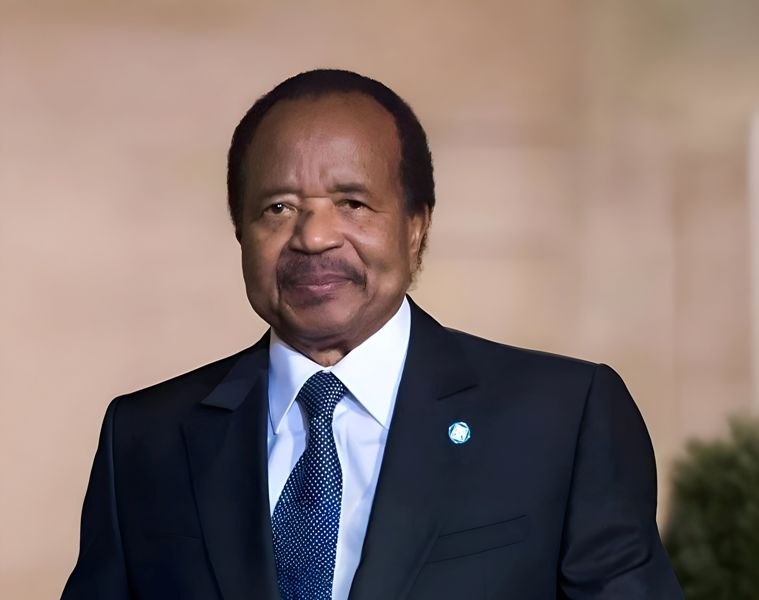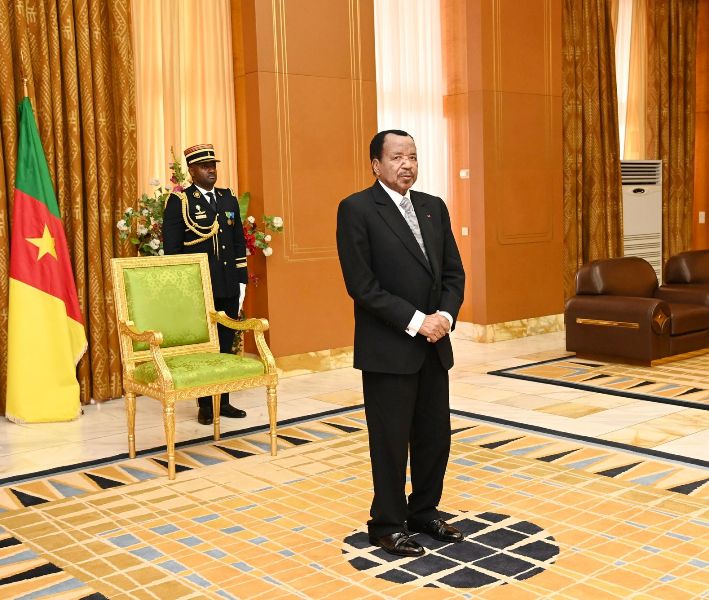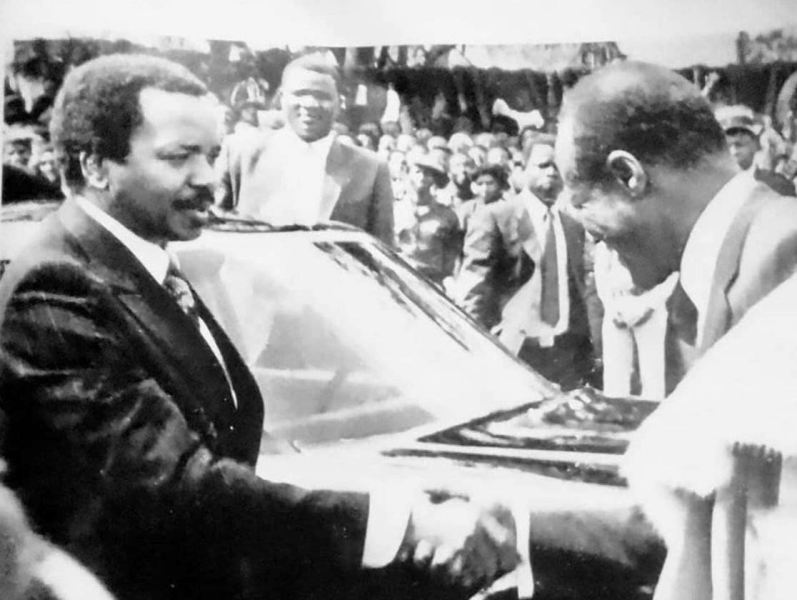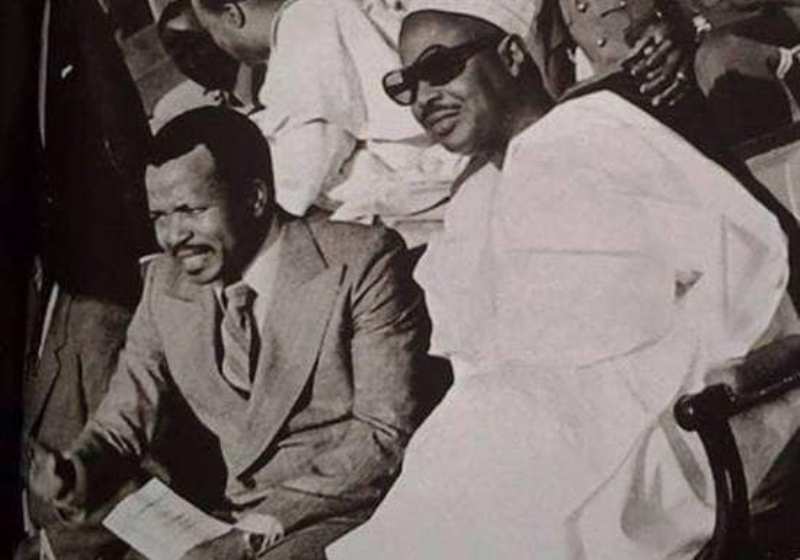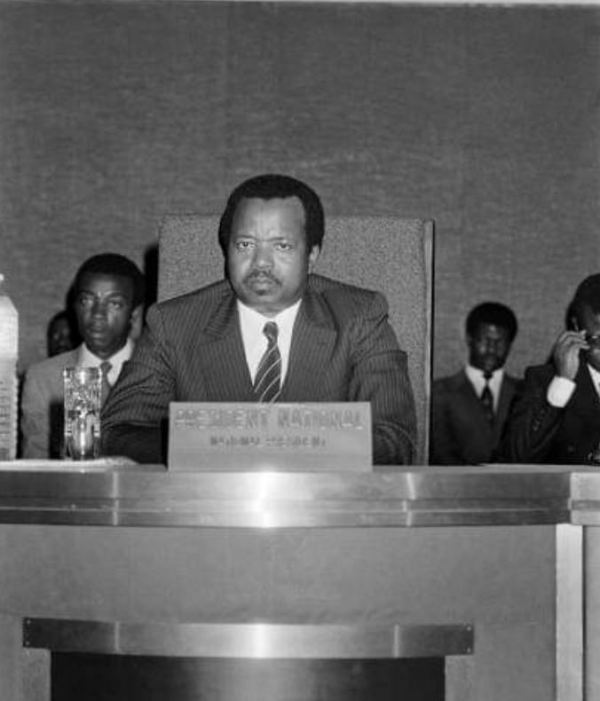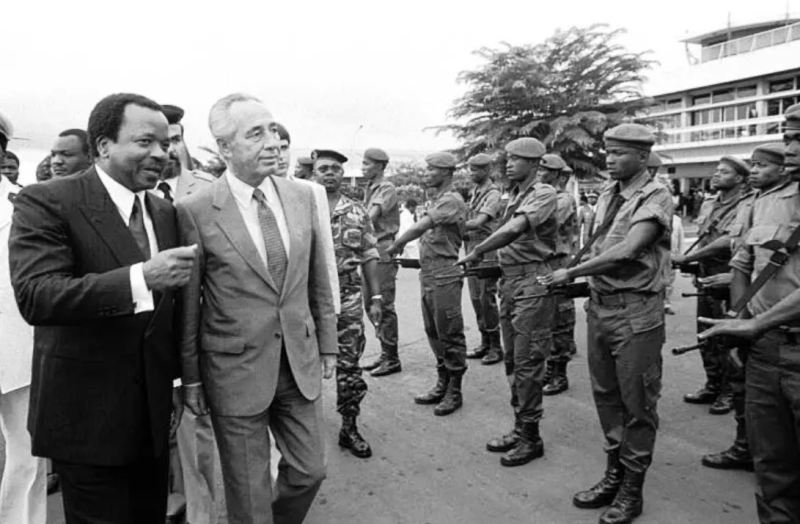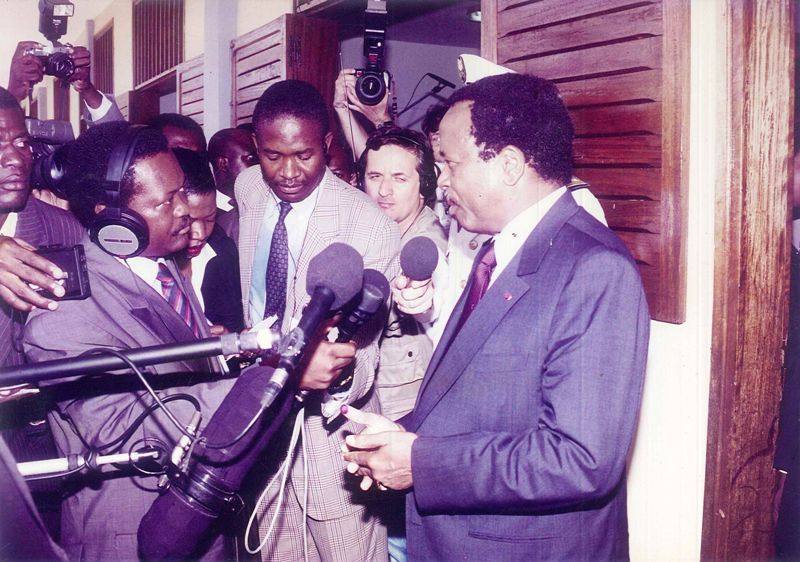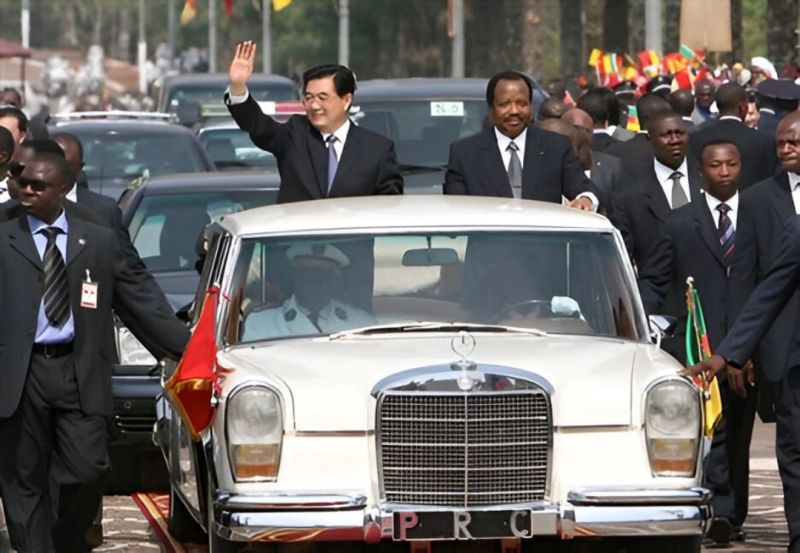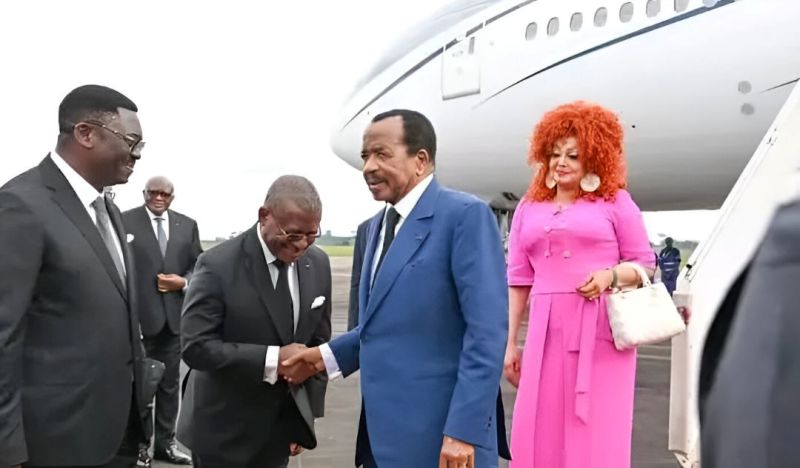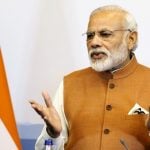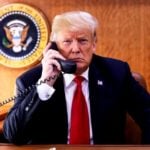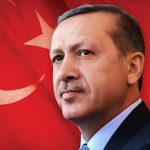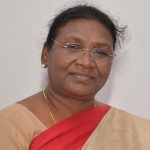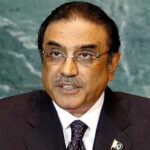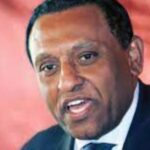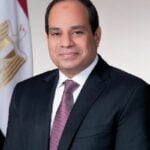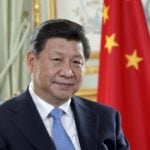Paul Biya Age, Wife, Children, Family, Biography
Quick Info→
Wife: Chantal Biya
Hometown: Mvomeka'a, Cameroon
Age: 92 Years
| Bio/Wiki | |
|---|---|
| Birth Name | Paul Barthélemy Biya'a bi Mvondo |
| Profession | Politician |
| Physical Stats | |
| Height (approx.) | 5' 6" (168 cm) |
| Eye Colour | Black |
| Hair Colour | Black |
| Politics | |
| Political Party | Cameroon People's Democratic Movement (CPDM) (1985 - Present)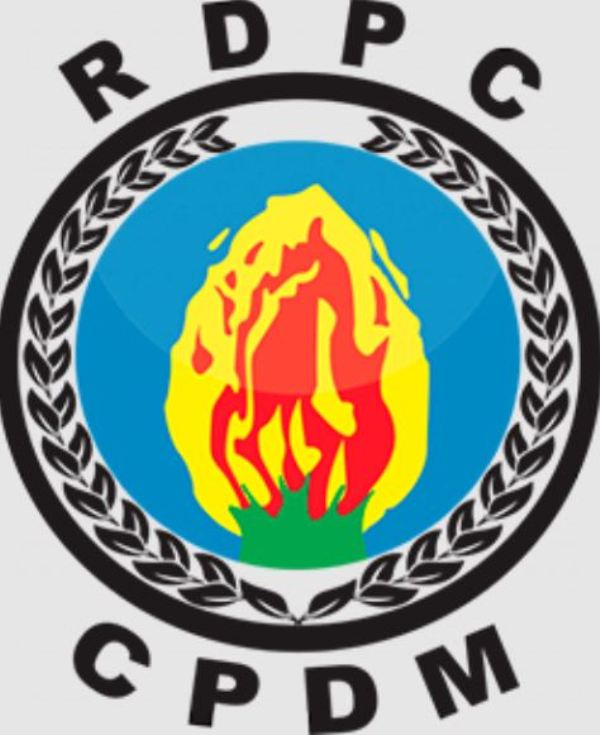 |
| Political Journey | • Appointed Chargé de Mission at the Presidency of the Republic (October 1962) • Appointed Director of the Cabinet of the Minister of National Education (January 1964) • Became Secretary-General of the Ministry of National Education (July 1965) • Named Director of the Civil Cabinet of the President (December 1967) • Appointed Secretary-General of the Presidency, while continuing as Director of the Civil Cabinet (January 1968) • Officially joined the Government as Minister, Secretary-General at the Presidency (August 1968) • Became Minister of State, Secretary-General at the Presidency (June 1972) • Designated constitutional successor to the Head of State (July 1979) • Served as the Prime Minister of Cameroon (30 June 1975 - 6 November 1982) • Appointed 2nd President of Cameroon - (1st term) (6 November 1982) • Re-elected as President of Cameroon - (2nd term) (24 April 1988) • Re-elected as President of Cameroon - (3rd term) (11 October 1992) • Re-elected as President of Cameroon - (4th term) (October 1997) • Re-elected as President of Cameroon - (5th term) (11 October 2004) • Re-elected as President of Cameroon - (6th term) (9 October 2011) • Re-elected as President of Cameroon - (7th term) (October 2018) |
| Awards, Honours | • Grand Master of National Orders • Commander of National Order, exceptional class (Federal Republic of Germany) • Commander of National Order (Tunisia) • Grand Collar of the Order of Ouissam Alaouite (1987) • Doctor Honorary Causa from the University of Maryland (USA) (5 May 1991) • Grand Cross of the Senegalese National Order of Merit (22 October 2013) • Grand Commander of the Order of the Federal Republic of Nigeria (GCFR) (13 November 2016) • Grand Officer of the Legion of Honour (France) • Great Commander of the Medal of St-George (United Kingdom of Great Britain and Northern Ireland) • Honorary Professor of the University of Beijing (People's Republic of China) • CAF President's Outstanding Achievement Award for his exemplarity and work for the development of Cameroonian football 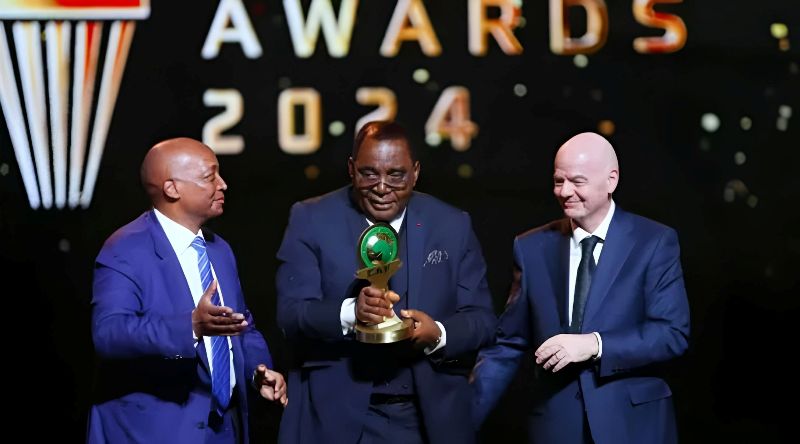 • 'Exceptional Statesman' award at the 4th Afrik Informe Awards (2025) 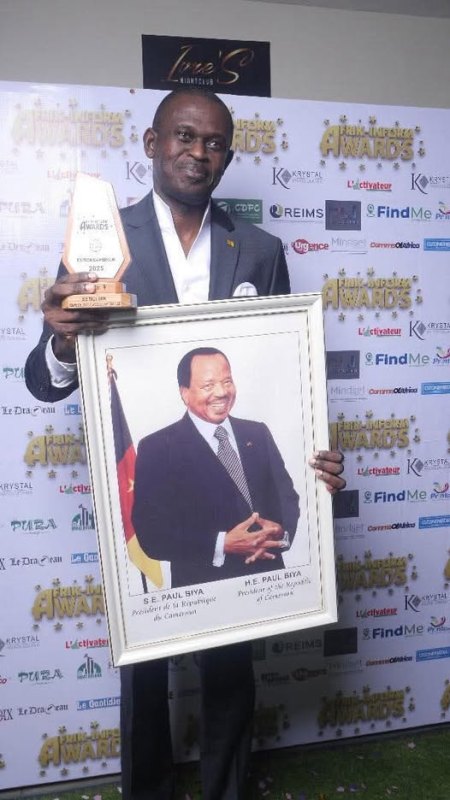 |
| Personal Life | |
| Date of Birth | 13 February 1933 (Monday) |
| Age (as of 2025) | 92 Years |
| Birthplace | Mvomeka'a, Cameroon (then part of French Cameroon) |
| Zodiac sign | Aquarius |
| Signature | 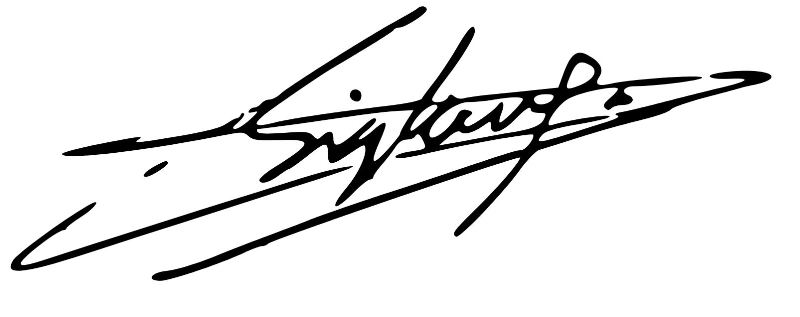 |
| Nationality | Cameroonian |
| Hometown | Mvomeka'a, Cameroon |
| School | • Minor Seminary, Akono, Cameroon (1950-1954) • Lycée Général-Leclerc, Yaoundé, Cameroon (1954-1956) • Lycée Louis-le-Grand, Paris |
| College/University | • Sorbonne University, Paris • Institut d'études politiques, Paris (Paris Institute of Political Studies) • Institut des hautes études d'Outre-Mer (National School of Administration) |
| Educational Qualification(s) | • A diploma in Public Law from Institut des hautes études d'Outre-Mer (1960) • A diploma from Institut d'études politiques (1961) • A diploma from the Institut des Hautes Études d'Outre-Mer (IHEOM) (1962) • Obtained a Diplôme d'Études Supérieures (equivalent to a Master's degree) in Public Law |
| Religion | Christianity (Catholicism) |
| Controversies | Criticism from Anglophone Regions: In the early 1990s, Paul Biya began facing strong criticism from the English-speaking regions of Cameroon. As he rarely appeared in public, people felt he was out of touch with national concerns. This made the feeling of neglect worse in the former Southern Cameroons, where anger and protests slowly grew. Authoritarian Governance and Election Irregularities: In February 2005, Paul Biya was criticised for running an authoritarian government, supported by a constitution that gave him major control over laws, courts, and parliament. His party, the CPDM, dominated the National Assembly, which mostly approved whatever he wanted. In 2004, when his election win was questioned, Biya brought in former U.S. lawmakers to declare it fair. He was later named one of the 'World's 20 Worst Living Dictators.' William Quantrill, a former British diplomat, once also said Biya delayed decisions by controlling everything himself and interfering too much in the economy. [1]ARREYB Protests, Term Limits and Constitutional Manipulation: In February 2008, Biya’s proposal to remove constitutional term limits sparked nationwide protests. These demonstrations, particularly in Douala and other Anglophone areas, were sparked by high living costs and fear of indefinite rule. State security forces responded with force, leading to over 200 deaths and mass arrests. [2]France 24 Lavish Spending and International Criticism: In 2009, reports surfaced that Paul Biya's vacation in France cost about $40,000 per day, using 43 hotel rooms. That same year, Parade magazine listed him as the 19th worst dictator in the world, citing extravagant spending and authoritarian rule. [3]BBC Repression of Free Speech and Political Dissent: Paul Biya has faced strong criticism for suppressing free speech and dissent. In November 2010, writer Bertrand Teyou was jailed for publishing a book critical of Biya's wife, sparking international outrage. Rights groups called the arrest politically motivated. Teyou, however, was released in 2011 after International PEN paid his fine. In 2014, Biya ordered the release of French national Michel Thierry Atangana, who had been imprisoned for 17 years without clear charges. Global human rights organisations had labelled him a prisoner of conscience, which added to concerns about Biya's rule. [4]Amnesty International Anglophone Conflict and Human Rights Abuses: Paul Biya's approach to unrest in Cameroon's Anglophone regions has been widely criticised. Between 2016 and 2017, protests over language rights and political exclusion in the English-speaking Northwest and Southwest turned violent, with security forces accused of killing civilians, burning villages, and arresting protesters. In 2017, journalist Ahmed Abba received a 10-year sentence for allegedly not reporting terrorism. A year later, Mimi Mefo was briefly jailed after reporting on a civilian death tied to security forces, sparking international outrage. In 2024, Human Rights Watch accused Biya's government of using strong, oppressive actions after banning major opposition groups. Biya, however, later said that trying to make Anglophone regions fit into the French-speaking system only made the conflict worse. [5]Le Monde |
| Social Media | • Instagram |
| Relationships & More | |
| Marital Status | Married |
| Marriage Date | First Marriage: Year, 1961 Second Marriage: 23 April 1994 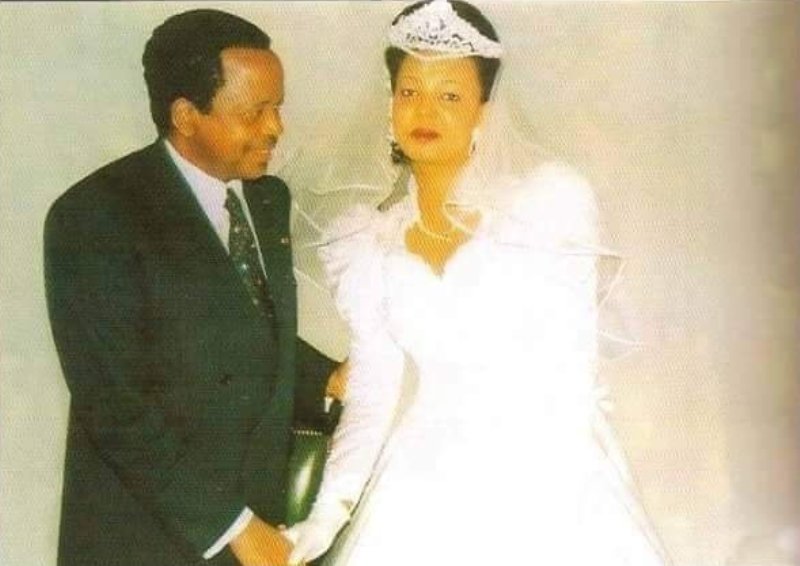 |
| Family | |
| Wife/Spouse | First Wife: Jeanne-Irène Biya (m. 1961; until her death in 1992)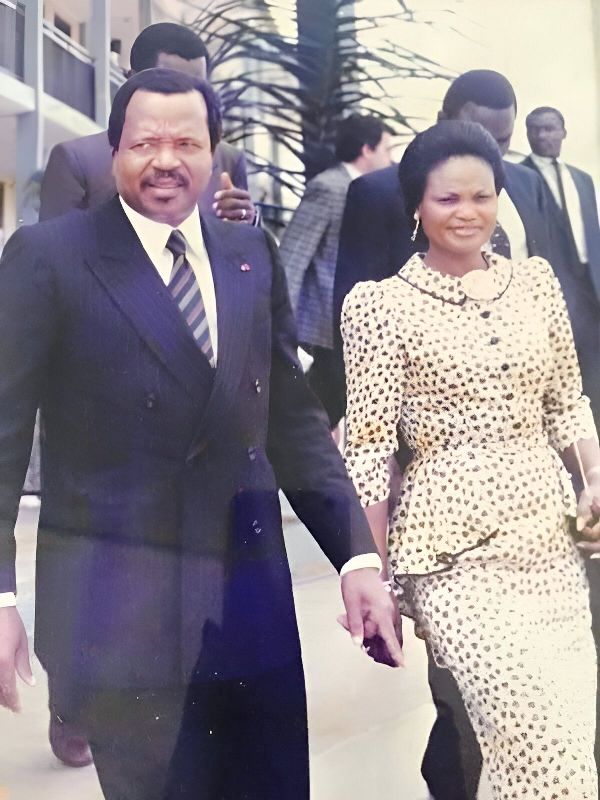 Second Wife: Chantal Biya (m. 1994 - Present) 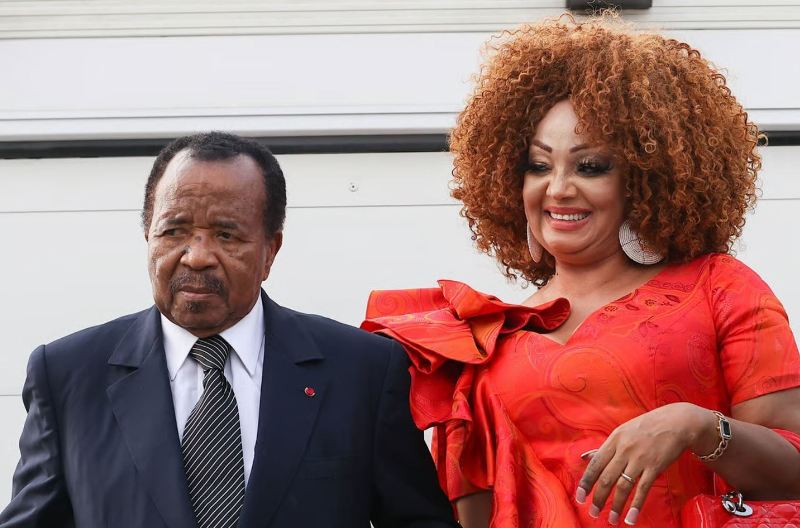 |
| Children | Son(s)- 2 • Franck Biya (businessman, entrepreneur) (adopted with Jeanne-Irène Biya) 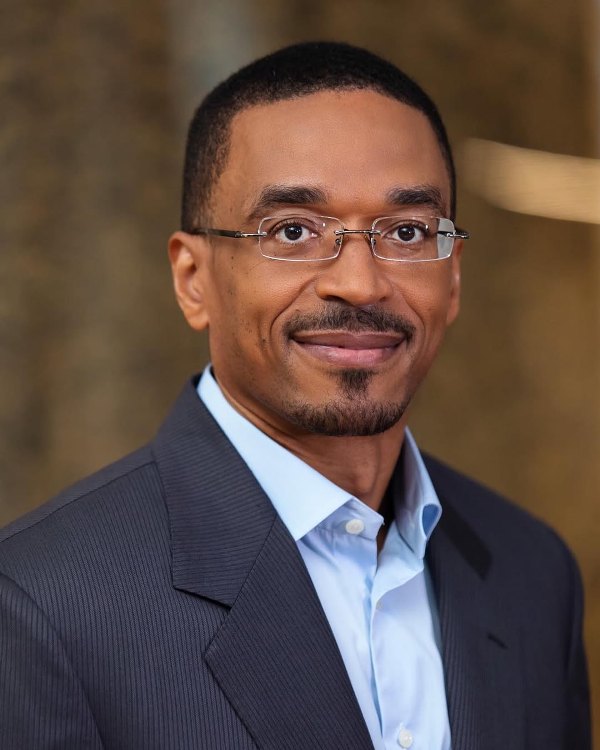 • Paul Biya Jr. (with Chantal Biya) 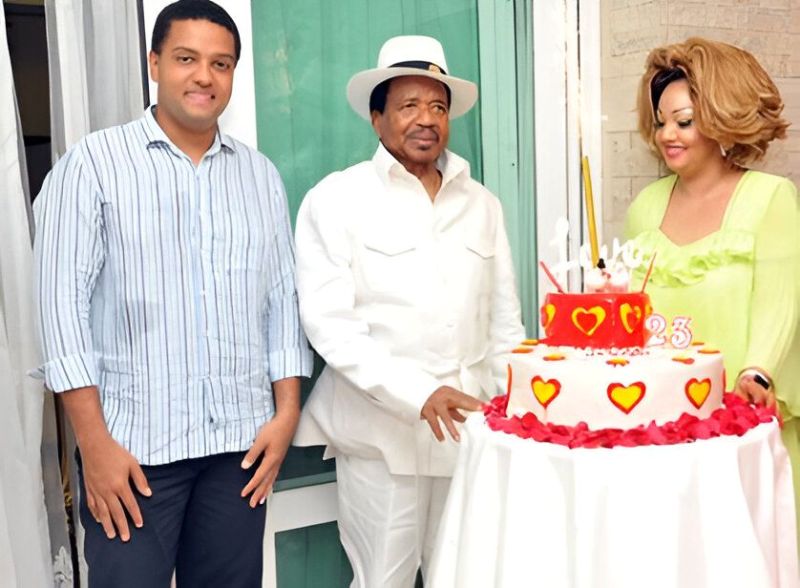 Daughter- 1 • Brenda Biya (activist, rapper, entrepreneur) (youngest) (with Chantal Biya) 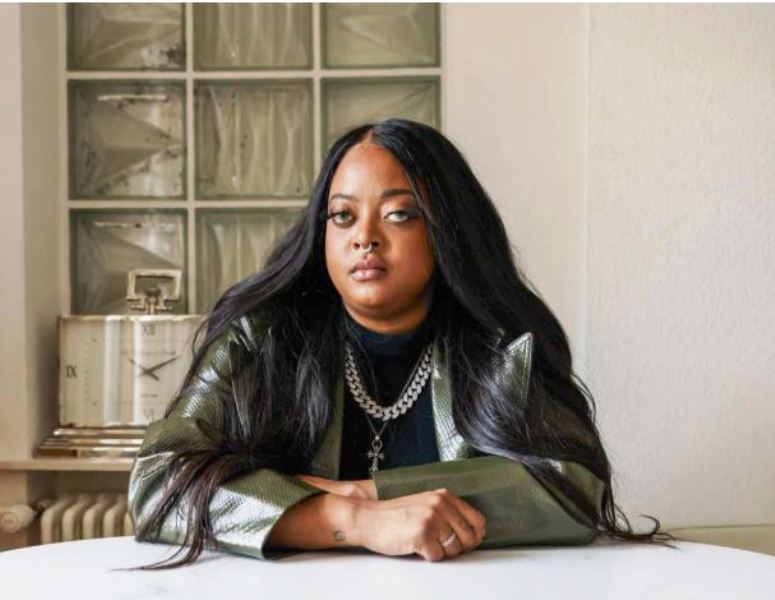 |
| Parents | Father- Etienne Mvondo Assam (catechist) (deceased) Mother- Anastasie Eyenga Elle |
| Siblings | Brother(s)- 4 • Pierre Meba (younger) (deceased) • Benoit Assam Mvondo (elder) (deceased) 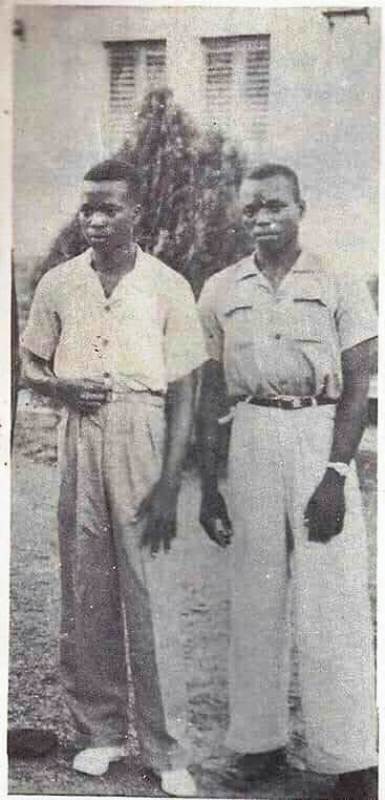 • Justine Eyinga • Assam Mvondo Sister(s)- 3 • Régine Ngonda Mvondo (elder) (deceased) 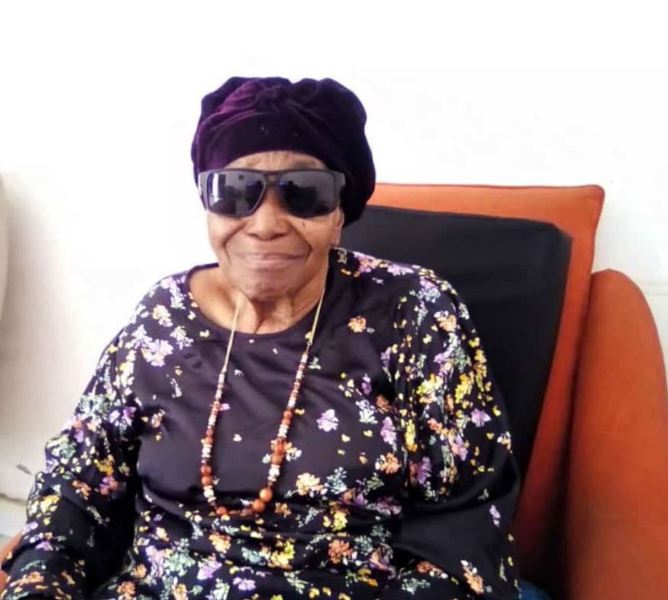 • Marie Mengue Mvondo • Elisabeth Mekou |
Some Lesser Known Facts About Paul Biya
- Paul Biya grew up in Mvomeka’a, Cameroon.
- His father wanted him to become a priest; however, that could not happen as Paul was expelled from Catholic school at the age of 16.
- Biya attended Institut d’études politiques, Paris (Paris Institute of Political Studies).
- While studying in France, Paul Biya became a naturalised French citizen, but later gave up this citizenship when he returned to Cameroon to join public service.
- Paul married Jeanne-Irène Biya in 1961. They did not have any children together, but she adopted Franck Biya, who was born in 1971. Some sources claim Franck was the child of Paul Biya and either Jeanne-Irène’s sister or her niece.
- Paul Biya was appointed Prime Minister on 30 June 1975, three years after Cameroon adopted a unitary system that centralised power under a single national government, replacing the previous federal structure.
- In 1979, a new rule was introduced that said the Prime Minister would become President if the current one stepped down. So, when Ahmadou Ahidjo resigned on 4 November 1982, Biya became President on 6 November.
- Paul’s selection as successor in 1982 surprised many, as he was a Catholic from southern Cameroon, while President Ahmadou Ahidjo, who appointed him, was a Muslim from the north.
- When Biya stepped into the role of President on 6 November 1982, Ahidjo continued to lead the ruling party, the Cameroon National Union (CNU).
- Shortly after, Biya was given key positions within the ruling party. He joined the Central Committee and Political Bureau of the CNU and was eventually chosen as its vice-president.
- On 11 December 1982, Biya was given the responsibility of managing CNU’s affairs while Ahidjo was away.
- When Paul Biya became president in 1982, trade between Cameroon and the United States grew rapidly. For a short time, the U.S. became Cameroon’s biggest customer, mainly because it was buying a lot of Cameroonian oil.
- Although Biya and Ahidjo appeared united, conflict arose between them in 1983. Ahidjo later left for France, accusing Biya of trying to tighten his grip on power and being extremely suspicious of others.
- On 14 September 1983, during a special session of the CNU, Biya formally became the leader of the ruling party.
- In November 1983, Biya rescheduled the presidential election to 14 January 1984, two years earlier than planned. As the sole candidate, he won with 99.98% of the vote.
- In February 1984, Ahidjo and two others were accused of secretly planning to take control of the government and were put on trial even though they weren’t present. They were sentenced to death, but Biya later reduced their punishment to life in prison.
- On 6 April 1984, Biya survived a violent attempt by soldiers to remove him from power, just a day after he shut down the Republican Guard, a special military unit responsible for protecting the president.
- Many believed that Biya found out about the plan early and quickly disbanded the Republican Guard, which forced the attackers to strike sooner than planned. Ahidjo, who was living in exile in France, was widely seen as being behind the plan.
- The failed coup, mainly led by northern Muslim soldiers, caused between 71 and 1,000 deaths. Biya avoided blaming the northern Muslim community and instead urged the nation to stay united.
- Under Paul’s leadership, Cameroon followed IMF and World Bank reform plans that included privatisation, open markets, and budget cuts. These changes led to a 60% drop in government salaries and a rise in informal jobs.
- In 1985, the Cameroon National Union (CNU) was renamed the Cameroon People’s Democratic Movement (CPDM) during a major party meeting in Bamenda. Paul Biya was then chosen as the party’s new president, a decision that raised many concerns.
- Under Biya’s leadership, Cameroon rebuilt strong ties with Israel. After a break in diplomatic relations from 1973 to 1986, Cameroon became one of the first countries to renew its partnership with Israel during his presidency.
- Biya’s government has shown steady support for Israel in global diplomacy. Cameroon opposed multiple anti-Israel resolutions at the United Nations and was the only nation to vote alongside Israel against the resolution titled ‘Assistance to Palestine Refugees.’
- During Biya’s presidency, Cameroon developed strong ties with Israel in the security and health sectors. Israeli experts trained the country’s elite Rapid Intervention Battalion (BIR) and provided support for military equipment and healthcare initiatives.
- In 1990, Biya ended Cameroon’s one-party rule by allowing opposition parties to exist legally. This marked the beginning of a multi-party political system in the country.
- Cameroon held its first multi-party presidential election on 11 October 1992. Biya won with around 40% of the vote, while his closest rival, SDF’s John Fru Ndi, got about 36%.
- As the 1990 electoral law did not allow for a second round in presidential elections, Biya remained in power despite receiving only about 40% of the vote. The opposition, however, alleged that the election was rigged and unfair.
- On 29 March 1994, Paul Biya initiated legal action at the International Court of Justice (ICJ), challenging Nigeria’s control over the Bakassi Peninsula.
- In the October 1997 presidential election, Biya was re-elected with 92.6% of the vote after the main opposition parties decided to boycott the election. He officially began his new term on 3 November 1997.
- Biya continued to lead the CPDM and was re-elected as the party’s national president during its second extraordinary congress on 7 July 2001, and again on 21 July 2006.
- Paul was re-elected as the President of Cameroon with 70.92% on 11 October 2004. The opposition again accused the election process of being heavily rigged; Paul was sworn in for another term on 3 November 2004.
- After his 2004 win, Biya pushed to remove the two-term limit set by the 1996 Constitution. In his 2008 New Year’s speech, he argued that such limits were undemocratic and restricted voters’ choice.
- On 12 June 2006, Paul Biya signed the Greentree Agreement with Nigerian President Olusegun Obasanjo. This agreement resolved the long-running border dispute over the Bakassi Peninsula.
- That same year, President Paul Biya visited China for a major summit, strengthening bilateral relations. The following year, Chinese President Hu Jintao paid a return visit to Cameroon.
- In February 2008, people across Cameroon protested against the rising cost of living and Paul’s plan to stay in power beyond the two-term limit. The government responded with force, which left around 100 dead and thousands arrested.
- On 10 April 2008, the National Assembly passed a constitutional amendment removing term limits and giving former presidents legal immunity. Since the CPDM held most of the seats, the vote passed without difficulty, while the SDF opposition boycotted it.
- In October 2011, Biya was re-elected for a sixth term with 77.9% of the votes amid fraud claims and reported irregularities. He was sworn in on 3 November 2011, vowing to create jobs and boost development through major public projects.
- In 2013, Paul Biya’s administration began working more closely with the U.S. to strengthen its efforts to fight terrorism, mainly targeting Boko Haram and ISIS-West Africa in the Lake Chad region.
- Paul won the 2018 presidential election with 71.3% of the votes. The election, however, was marked by violence and low voter turnout.
- In June 2020, under Biya’s leadership, Cameroon was among 53 countries at the UN that supported China’s national security law for Hong Kong.
- On 26 March 1971, Cameroon established official ties with China. These relations grew stronger under Paul Biya’s presidency, especially during the 2000s, with visits and increased cooperation.
- In October 2024, amid growing concerns about Paul Biya’s health following his absence from public events, rumors of his death spread widely. The government confirmed he was alive in Geneva, and later banned all media in Cameroon from reporting on his health.
- On 21 October 2024, Paul Biya appeared on national television as he arrived at Yaoundé Nsimalen International Airport, putting an end to widespread speculation about his health.
- In July 2025, at the age of 92, Biya officially filed his candidacy for an eighth term in the presidential election set for October 2025.
- As President of Cameroon, Paul Biya has maintained strong diplomatic and military ties with France. The country continues to supply Cameroon with weapons and training, while also remaining Cameroon’s top foreign investor under his leadership.
- Paul Biya is known for being the world’s oldest and longest-serving non-royal head of state, having remained in power since 1975.
References/Sources:

